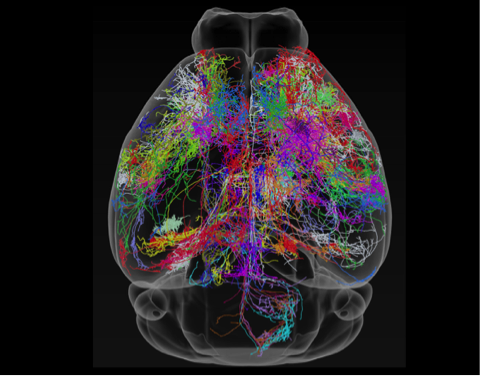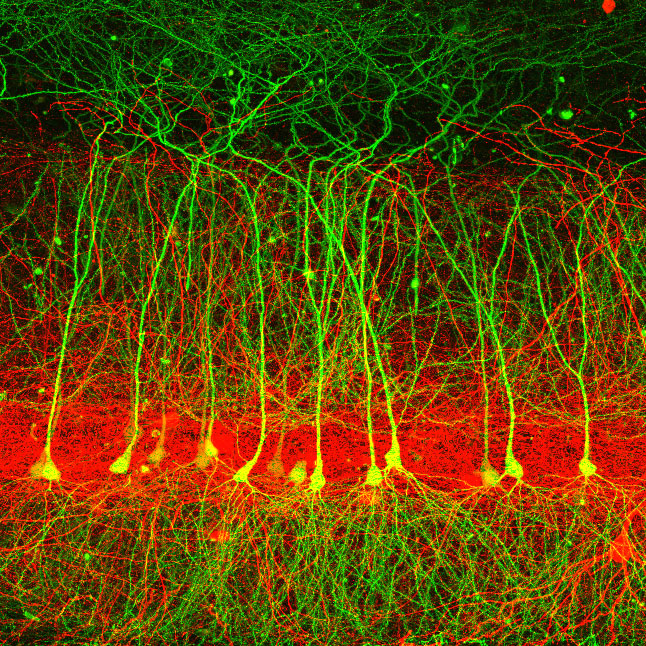Main Menu (Mobile)- Block
- Overview
-
Support Teams
- Overview
- Anatomy and Histology
- Cryo-Electron Microscopy
- Electron Microscopy
- Flow Cytometry
- Gene Targeting and Transgenics
- Immortalized Cell Line Culture
- Integrative Imaging
- Invertebrate Shared Resource
- Janelia Experimental Technology
- Mass Spectrometry
- Media Prep
- Molecular Genomics
- Primary & iPS Cell Culture
- Project Pipeline Support
- Project Technical Resources
- Quantitative Genomics
- Scientific Computing Software
- Scientific Computing Systems
- Viral Tools
- Vivarium
- Open Science
- You + Janelia
- About Us
Main Menu - Block
- Overview
- Anatomy and Histology
- Cryo-Electron Microscopy
- Electron Microscopy
- Flow Cytometry
- Gene Targeting and Transgenics
- Immortalized Cell Line Culture
- Integrative Imaging
- Invertebrate Shared Resource
- Janelia Experimental Technology
- Mass Spectrometry
- Media Prep
- Molecular Genomics
- Primary & iPS Cell Culture
- Project Pipeline Support
- Project Technical Resources
- Quantitative Genomics
- Scientific Computing Software
- Scientific Computing Systems
- Viral Tools
- Vivarium
MouseLight NeuronBrowser
Data for 300 Mapped Mouse Neurons
A vast neural tracing effort by a team of Janelia scientists has upped the number of fully-traced neurons in the mouse brain by a factor of 10. In addition, researchers can now download and browse the data in three dimensions.
Inside the mouse brain, individual neurons zigzag across hemispheres, embroider branching patterns, and, researchers have now discovered, can even spool out spindly fibers up to 45 centimeters long.
Scientists can see and explore these wandering neural traces in 3-D in the most detailed map of mouse brain wiring yet created. The map reconstructs the shape and position of more than 300 of the 70 million neurons in the mouse brain. Previous efforts to trace the path of individual neurons had topped out in the dozens.
Researchers mapped the selectively labeled neurons in an iterative process with two-photon microscopy. The brain is sliced in 200-micron sections, and a few dozen neurons are labeled at a time and imaged. Each brain imaged yields about 50 terabytes of data, each containing mapped neurons that can be browsed via the NeuronBrowser application. Researchers interested in the complete raw data set should contact Janelia to discuss obtaining it via hardware transfer.


